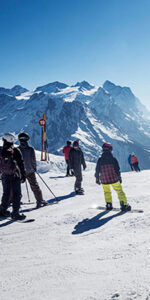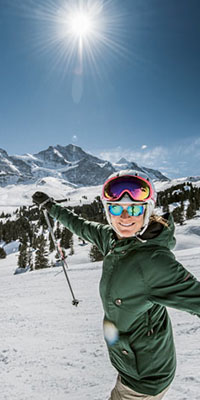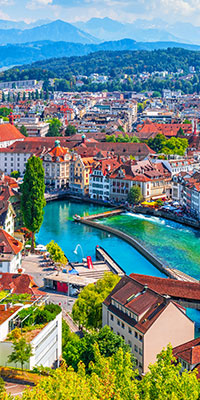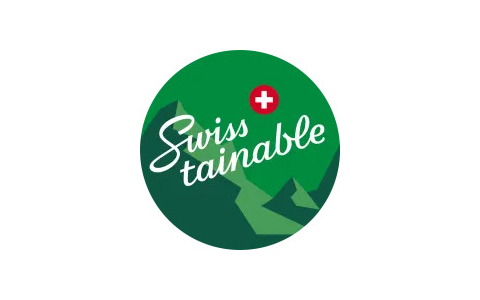Full suspension mountain bike: best selection for all biking levels
Are you a beginner mountain biker? Then you’ve probably been wondering how to choose the best mountain bike for your needs and skills.
In today’s post we will talk in detail about the importance of good suspension.
Let’s dive in.
What is a full suspension mountain bike?
A full suspension mountain bike is often referred to as a twin suspension bike as it is equipped with shock absorbers for both wheels.
This is in contrast to the hardtail bicycle that has a shock absorber just for the front wheel. Both sorts of bikes have their own uses. The hardtail bike is better to pedal and is quicker than the full suspension mountain bike on smooth terrain. However, the second kind can run quicker on coarse terrain as the shock absorber permits more traction by absorbing the effects of obstructions. Except for offering the rider a more content ride, the cycle suspension also augments efficiency and safety.
“A bad day biking beats a good day at work”
Types of cycle suspension
The suspension system can be implemented through a suspension stem, suspension front fork, rear suspension, suspension seat post, or suspension hub. A mixture of these techniques might also be applied. It should be noted that the suspension stem isn’t preferred.
The front suspension is mostly made possible by trying a couple of shock absorbers for the front fork. The shock absorber is sometimes made from a spring and a damper. The spring can be a coil spring, compressed air, or elastomer. The damper is generally supplied by letting oil pass through shim stacks or small openings.
Types of rear suspension
Rear suspension is typically regarded to mean full suspension because mountain bikes with single suspension frequently apply a front suspension technology. The types of rear suspension include the single pivot, soft tail, Horst link and 4 bar suspensions, unified rear triangle, Virtual Pivot Point, FSR system, DW-link, Equilink, Monolink, and split pivot.

The single pivot is the most straightforward kind and is also the least expensive. Various bike makers have implemented their own designs for rear suspension and each design has its own advantages and drawbacks. It is up to the purchaser to ascertain which of the features are most critical to him.
Buying a full suspension mountain bike
When planning to get a full suspension mountain bike it’s critical to ask if you are really serious about being able to ride across the coarse terrain. A good hardtail off-road bike will be quicker than the least expensive full suspension bike as the latter is generally heavier except for being loaded with the basic downsides of a rear suspension.
The quantity of suspension travel is also crucial when buying this type of mountain bike. For uphill or cross country racing, suspension travel should be less than 4.5 inches. These are lighter as the less suspension travel, the lighter the bike.
However, for those who wish to do some jumping or freeriding, the additional weight isn’t a primary concern. Therefore, this kind of trail bicycle will sometimes need six to eight inches of suspension travel. And between these two is the trail bike, which needs up to 6.5 inches of suspension travel.
Need more information? Check out the experts from my-mountains and book a ride or find out more about starting your mountain bike experience.
Check out our latest Articles:
-
Verbier Ski Packages: Your Ultimate Alpine Adventure24 July 2024/0 Comments
-
-
-
St Moritz Ski Packages: Indulge in Luxury4 July 2024/
-
Experience The Swiss Ski Holidays of Your Dreams26 June 2024/
-
-
Skiing in Zermatt: A Premier Destination12 June 2024/
































